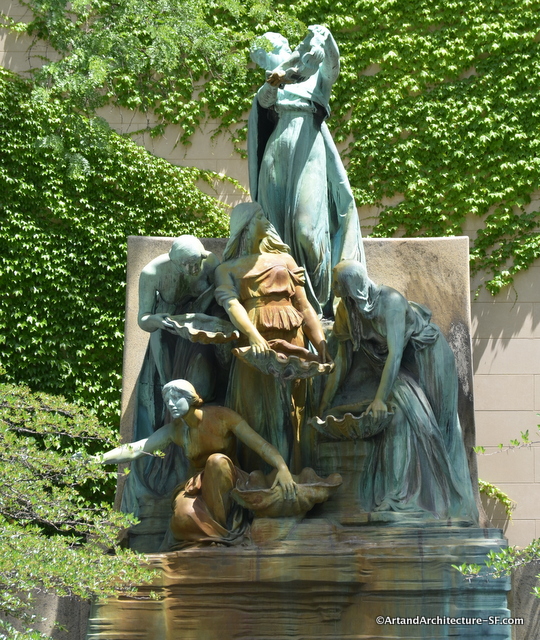Nichols Bridgeway
Off E. Jackson and South Michigan Avenue
Chicago
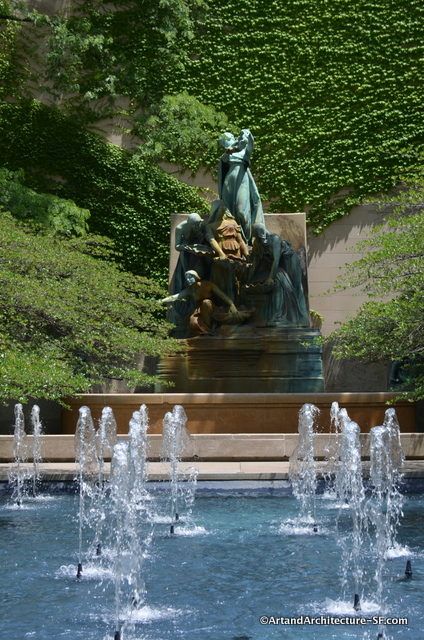
Fountain of the Great Lakes or Spirit of the Great Lakes Fountain is an allegorical sculpture by Lorado Taft at the Art Institute of Chicago. The fountain was moved to this spot in the 1960s.
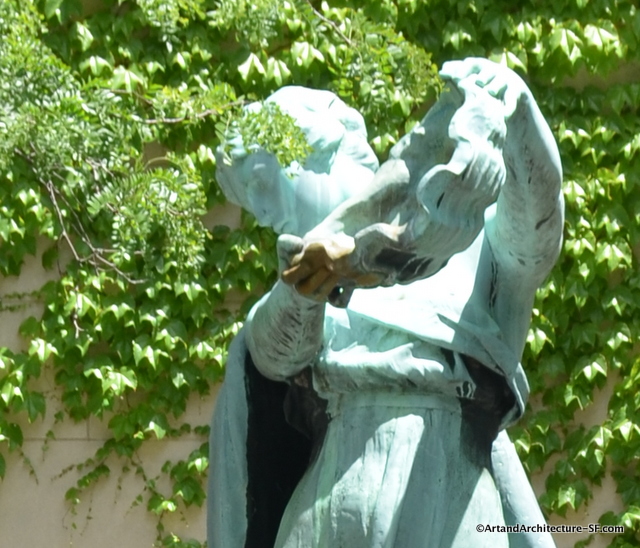
Lake Superior
Created between 1907-1913, the bronze fountain depicts five women arranged so that the water flows through them in the same way water passes through the Great Lakes.
The fountain is Taft’s response to Daniel Burnham’s complaint at the Columbian Exposition in 1893 that the sculptors charged with ornamenting the fairgrounds failed to produce anything that represented the great natural resources of the west, especially the Great Lakes.
It is said that Taft used the Greek myth of the Danaides, forty-nine sisters who were sent to Hades for killing their husbands on their wedding nights as inspiration. As punishment for this crime, the sisters were eternally condemned to hopelessly carry water in sieves.
Taft envisioned a fountain with five female figures each representing one of the Great Lakes. In 1902 Taft assigned Nellie Walker, Angelica McNulty, Clara Leonard, Lily Schoenbrun, and Edith Parker to bring his design to life.
“Five of my young sculptors made from a sketch of mine the first model of the “Great Lakes.” [The figures] were less than life size, they were not very good and being made separately they did not fit together well. But the people like the idea and I was encouraged to do them again. I did so, this time doing the work entirely myself.”
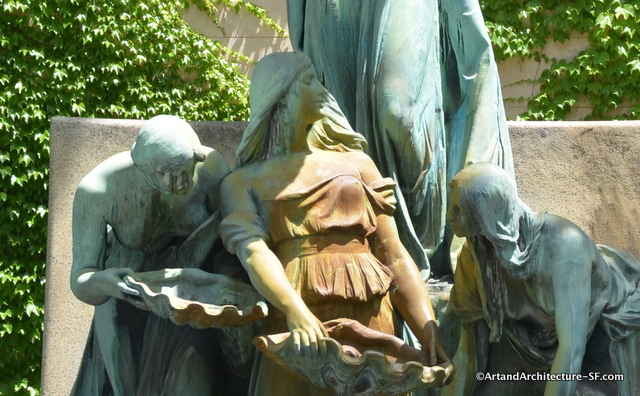
Lakes Michigan, Huron and Erie
The fountain consists of a series of female figures symbolizing the general flow of the Great Lakes. Lake Superior sits at the top, the water from her mingles with that of Lake Michigan and empties into a shell held by Lake Huron. The water then continues onto Lake Erie, and finally passes to Lake Ontario.
At the opening ceremony for the fountain Taft said of Lake Ontario waters “escape from her basin and hasten into the unknown, she reaches wistfully after them as though questioning whether she has been neglectful of her charge”.
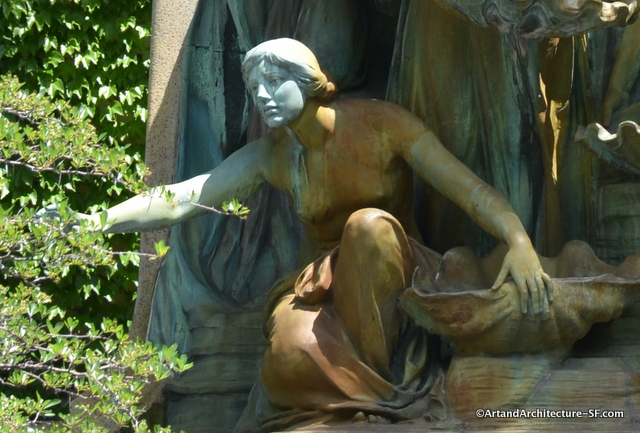
Lake Ontario
Once erected, the fountain received largely positive reviews, but a few critics questioned the symbolism of the sculpture. Others were caught up in sociopolitical subtexts of the day, with regard to obscenity laws as it related to public art and this semi-nude work. The degree to which nudity in public art was more for the “sake of nudity than for the sake of art” was a contemporary issue involving confiscated Paul Chabas fully nude painting. This led to a 1913 amendment to the Chicago municipal obscenity laws which passed three months before the dedication of Taft’s partially nude fountain.
